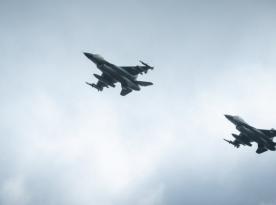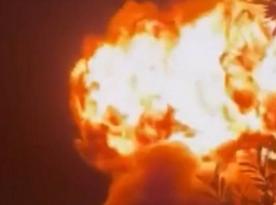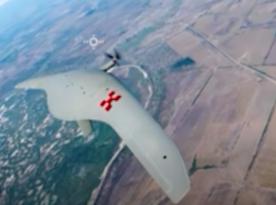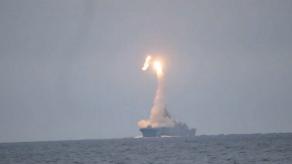Last year, russia started the production of a new long-range Garpiya-A1 kamikaze drones. These kamikaze drones were produced using engines and other components sourced from China.
The intelligence – which included a production contract for the new drone, company correspondence on the manufacturing process and financial documents - indicated that IEMZ Kupol, a subsidiary of russian state-owned weapons maker Almaz-Antey, produced more than 2,500 Garpiya UAVs from July 2023 to July 2024.
Read more: Pros and Cons of Rocket Drones Over Ordinary UAVs: Palianytsia vs. Shahed
This indicates that russia is not dependent on Iranian supplies for the use of long-range kamikaze drones in strikes against Ukraine, Reuters writes, citing unnamed sources in European intelligence agencies.
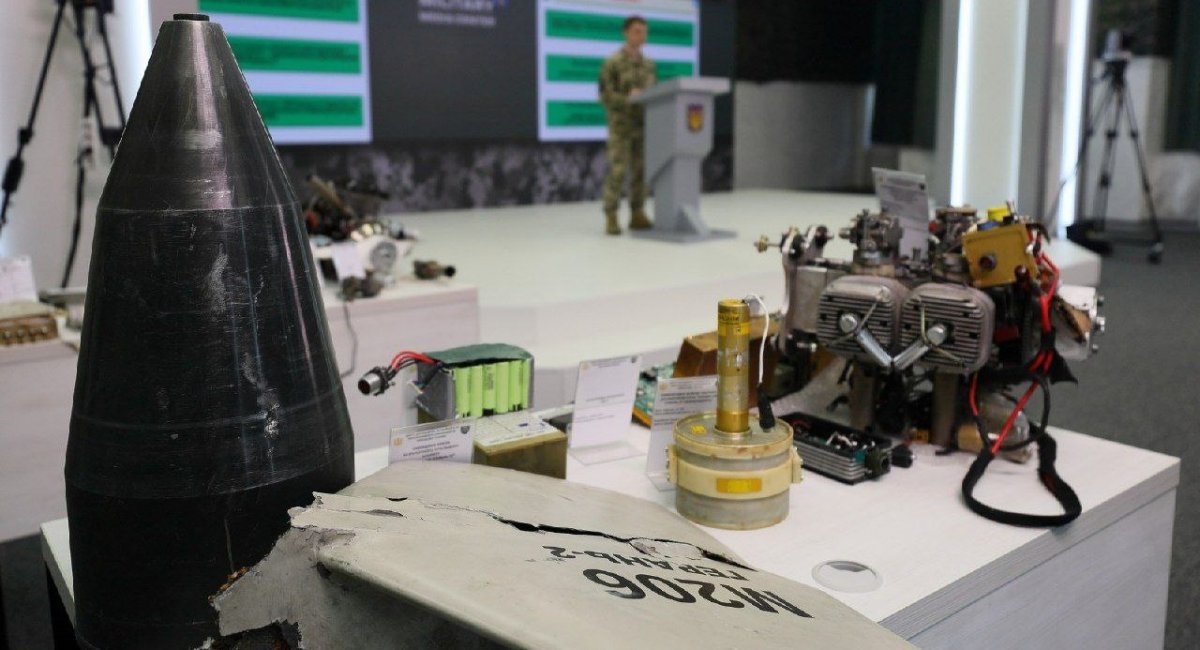
From Defense Express, we find it necessary to add the following. At first glance, the above may primarily provoke skepticism. Reports from Ukrainian military sources regarding the use of Chinese-made engines in Russian Geran/Shahed-136 drones were already available in September 2023. This information was revealed during a briefing at the Military Media Center, where a reference was made to the Chinese company MicroPilot UAV Flight Control Systems, known for producing various types of power systems for drones.
In this case, it is surprising to see the designation Garpiya-A1 used for a product that is essentially the same as the Shahed drone. It appears that there might have been some confusion with the index during the preparation of the original publication. The discussion is not about a fundamentally new product but rather the same drones that the russians have used for strikes on Ukrainian territory.

Even if the designation Garpiya-A1 was used, for example, in internal documentation by russian manufacturers, it is unlikely that it refers to a fundamentally different product from the Geran/Shahed drones.
Finally, the reported range of 1,500 kilometers for these UAVs might be significantly less than the actual range, especially considering that russian Shaheds can sometimes remain in the skies over Ukraine for several hours.
However, there is one very important detail: the indication that the production of Shaheds is occurring not only at the facilities in Alabuga but also at the Izhevsk Electromechanical Plant (IEMZ) Kupol, a subsidiary of the Almaz-Antey Corporation, which specializes in producing air defense systems and surface-to-air missiles.
This also helps to clarify the mysterious case from December 2023, when a warhead from an unidentified missile type was found on a russian Geran-K UAV. The type of missile remained unknown at that time.
Read more: First Video of Ukrainian Helicopters Hunting Down Shahed UAVs





